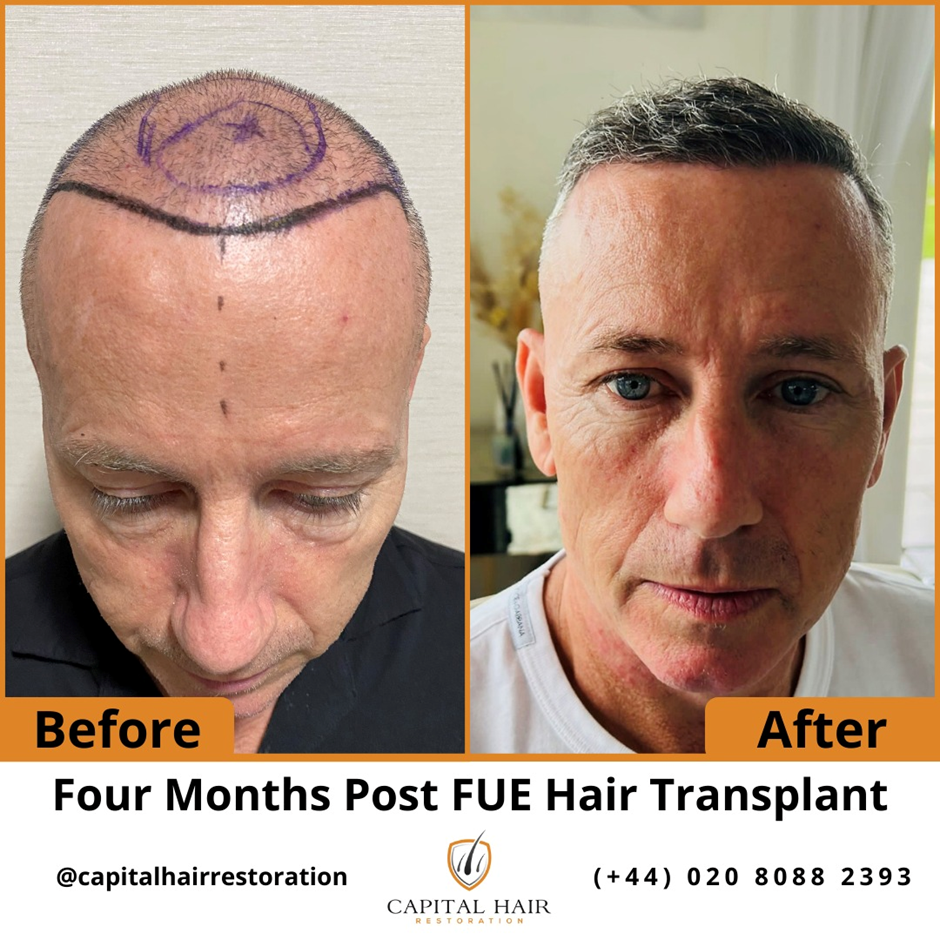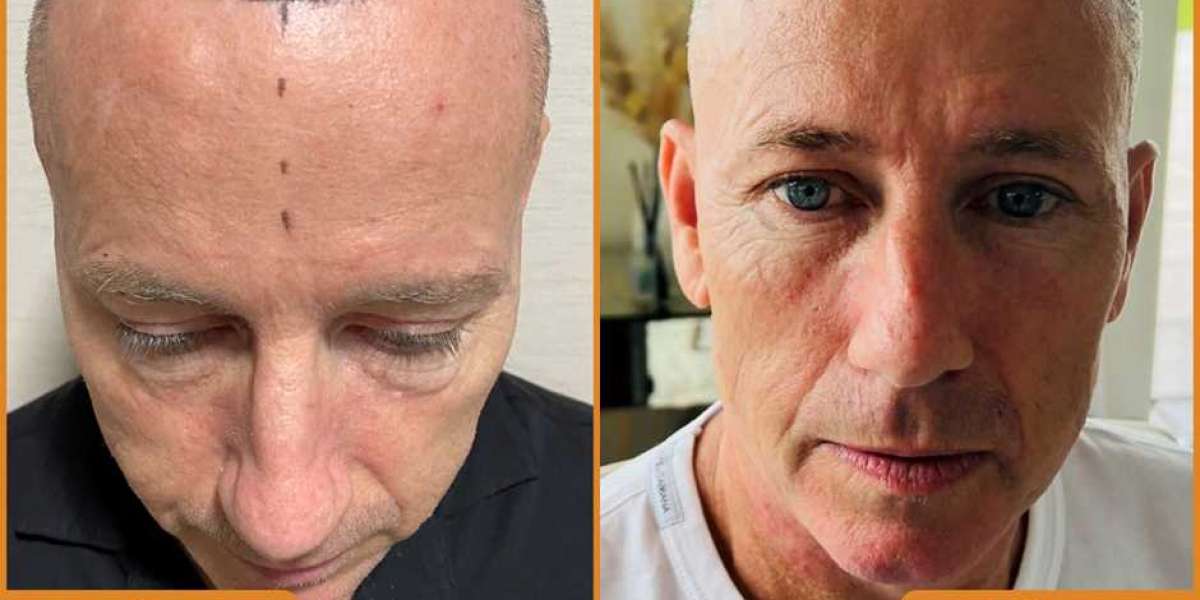Hair transplant procedures, such as Follicular Unit Extraction (FUE) and Follicular Unit Transplantation (FUT), are effective solutions for hair loss. However, understanding the differences between FUE and FUT is crucial in choosing the best option. This article explores the key differences between FUE and FUT hair transplants to help individuals make informed decisions about their hair restoration journey.

Follicular Unit Extraction (FUE) Hair Transplant
FUE is a minimally invasive hair transplant procedure that involves extracting individual hair follicles from the donor area using a specialized micro-punch tool or a robotic system. The extracted follicles are then transplanted into the recipient areas of the scalp. Here are the key characteristics of FUE hair transplant:
1. Scarring: FUE leaves minimal scarring as the extraction process involves tiny incisions that heal quickly and result in less noticeable scars, making it ideal for patients who prefer shorter haircuts or have a higher risk of visible scarring.
2. Healing Time: The recovery time for FUE is relatively quick, with patients typically returning to their normal activities within a few days to a week after the procedure. This is because there is no linear scar, and the healing process is faster compared to FUT.
3. Donor Area Usage: FUE allows for selective extraction of hair follicles, making it suitable for patients with limited donor hair or those who want to preserve donor hair for future procedures.
4. Hairline Design: FUE offers precise control over hairline design and placement, allowing for a more natural and customized result that blends seamlessly with existing hair.
Follicular Unit Transplantation (FUT) Hair Transplant
FUT, also known as strip harvesting, involves removing a strip of scalp tissue from the donor area, typically the back or sides of the scalp, and dissecting it into individual follicular units for transplantation. The key features of FUT hair transplant include:
1. Scarring: FUT leaves a linear scar along the donor area, which can be more noticeable, especially with shorter hairstyles. However, skilled surgeons can minimize the visibility of the scar through meticulous closure techniques.
2. Healing Time: The recovery time for FUT is slightly longer compared to FUE, as the linear incision requires time to heal and may involve sutures or staples. Patients may need to avoid strenuous activities for a few weeks post-surgery.
3. Donor Area Efficiency: FUT allows for the extraction of a larger number of hair follicles in a single session, making it suitable for patients requiring extensive hair restoration or those with advanced hair loss patterns.
4. Cost and Efficiency: FUT may be more cost-effective for patients requiring a large number of grafts, as it can yield higher graft numbers in a single session compared to FUE.
Choosing the Best Option
The choice between FUE and FUT depends on various factors, including the patient's hair loss pattern, donor hair availability, preference for scarring, and desired outcomes. Here are some considerations to help choose the best option:
1. Scarring Concerns: If minimizing visible scarring is a priority, FUE may be preferred. However, patients with extensive hair loss or those requiring a higher number of grafts may benefit from the efficiency of FUT, even with the potential for a linear scar.
2. Donor Hair Quality and Quantity: Patients with limited donor hair or those concerned about preserving donor hair for future procedures may opt for FUE, as it allows for selective extraction. However, FUT can be more efficient in harvesting a larger number of grafts from a single donor strip.
3. Recovery Time: Patients with busy schedules or those seeking a quicker recovery may choose FUE due to its shorter healing time and minimal post-operative discomfort.
4. Hairline Design and Customization: For patients who prioritize precise hairline design and a natural-looking result, FUE offers greater flexibility and control over hair graft placement.
5. Cost Considerations: While FUT may be more cost-effective for extensive hair restoration needs, FUE's selective extraction and shorter recovery time can also factor into overall cost considerations.
Conclusion
FUE and FUT are both effective hair transplant techniques with distinct advantages and considerations. Understanding the key differences in scarring, recovery time, donor area usage, and customization can help individuals choose the best option based on their specific needs, hair loss pattern, and desired outcomes. Consulting with a qualified hair transplant surgeon is essential in determining the most suitable approach for successful hair restoration and natural-looking results.








